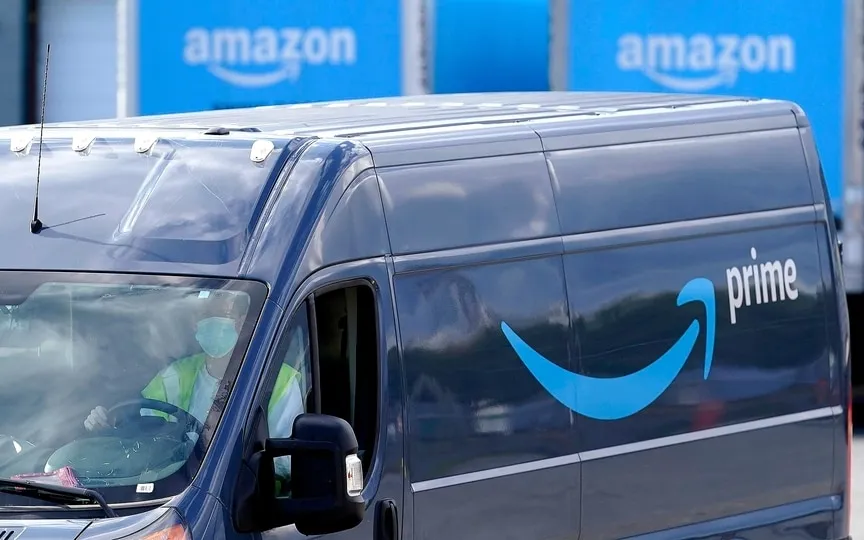Amazon Prime Day No Longer a Driving Force
Ace was the star performer in the stock market, as investors now turn their attention to the company’s cloud-computing unit, which is experiencing rapid growth and profitability. Amazon.com Inc.’s annual Prime Day event demonstrates that e-commerce is not the primary driving force behind the company’s success.
For the past four years, shares have fallen during the two-day sales week, when the retail giant discounts items. In the first four years starting in 2015, Amazon shares rose an average of more than 2% per trading week, according to data compiled by Bloomberg.
The focus on cloud services has only increased as Amazon Web Services grew into the company’s main source of operating income as investors look more closely at who will benefit most from the adoption of AI applications.
“Most people invest in Amazon for both e-commerce and AWS,” Eric Clark, a portfolio manager at Accuvest Global Advisors, said in an interview. But since “AI is part of the conversation almost every minute of every day, it’s clearly the AWS opportunity and the potential AI impact” that’s proving more attractive.
Prime Day, which begins Tuesday, is likely to bring in about $5 billion in additional revenue this year, according to JPMorgan analyst Doug Anmuth. While that would be 13 percent more than last year, the rate of growth has slowed steadily every year since 2020, when growth was 30 percent, Anmuth wrote in a recent research note.
Although Amazon’s retail business accounted for nearly two-thirds of revenue last year, the faster-growing AWS unit accounted for all of the company’s $12.2 billion operating profit. Although AWS growth slowed to a record low in the first quarter, analysts are optimistic that demand for so-called generative AI applications is poised to revive sales.
Amazon shares have risen 55 percent this year as the company seeks to cut costs in part by eliminating at least 27,000 jobs. Despite the forecast, it is still about 30% below its 2021 peak.
In April, Amazon announced generative AI technology for cloud customers, as well as a marketplace for AI tools from other companies. It is also investing $100 million to help clients develop and deploy new types of artificial intelligence products as it competes with the cloud computing units of Microsoft Corp. and Alphabet Inc.
“Prime Day is a great branding opportunity to drive not only sales but new customers to the Amazon network,” said Sylvia Jablonski, co-founder and chief investment officer of Defiance ETF. “However, Amazon’s future is very likely in AWS and its involvement in AI innovation and growth.”
Today’s technical map
The AI-induced investor frenzy boosted tech stocks, so about a quarter of the companies on the Nasdaq 100 list have hit new all-time highs this year. About 90% of tech-caps have hit new highs since 2021, but that doesn’t include some stars of the dotcom era, including Intel Corp. and Cisco Systems Inc., which have yet to fully recoup losses from the latter. crash, according to data compiled by Bloomberg. The index, which has gained 37% this year, was little changed on Monday.
High tech stories
- Taiwan Semiconductor Manufacturing Co. reported better-than-expected sales amid a boom in artificial intelligence applications that called for more chip manufacturing capacity at the industry leader.
- As Jack Ma’s standoff with the Chinese government draws to a close after nearly three years, it’s clear how costly the conflict has proven to be for his companies, Ant Group Co. and Alibaba Group Holding Ltd.
- Chinese tech stocks listed in Hong Kong rose after authorities announced an end to a years-long crackdown on the industry by fining Ant and Tencent Holdings Ltd.
- A new series in China tells the story of a failed startup developing advanced chip-making technology that is now kept out of the country by multinational trade sanctions.




